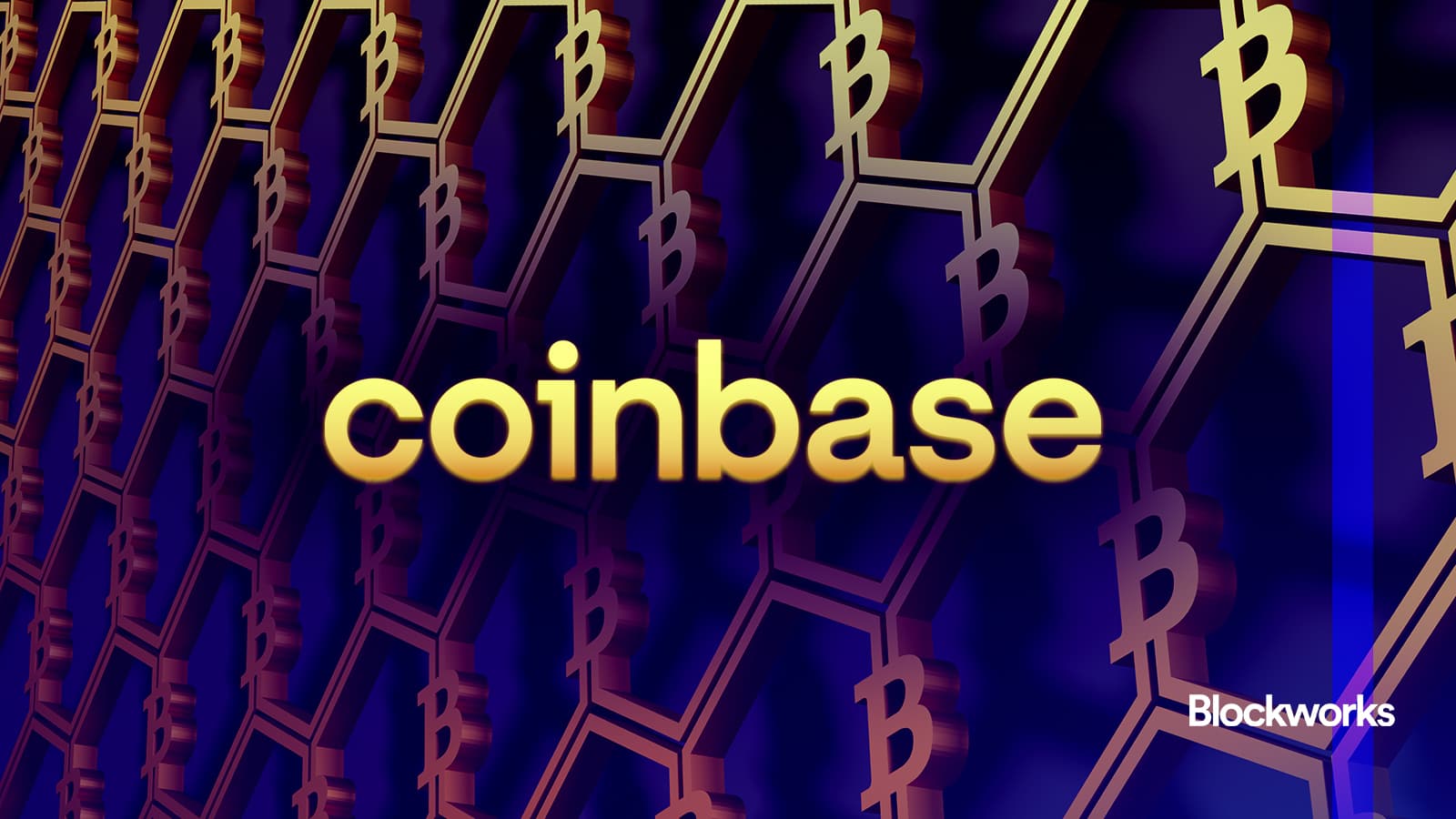This is a segment from the Supply Shock newsletter. To read full editions, subscribe.
Coinbase brought bitcoin to Wall Street long before BlackRock and Fidelity.
Four years ago today, Coinbase went public at a $86 billion valuation — a figure that briefly jumped to $100 billion to rival Facebook’s debut in 2012.
And for all of the business savvy shown by CEO Brian Armstrong and his executive team, Coinbase’s story is one of harnessing Bitcoin’s natural inertia.
On This Day — Coinbase goes public
At the time of Coinbase’s public debut in April 2021, Armstrong had commented that the listing had minted a thousand fresh millionaires overnight.
It had also made Armstrong $16 billion richer by way of his 40 million Coinbase shares, and allowed early investors, employees and other backers to cash out billions of dollars of their own on day one.
They’d earned it: Armstrong had led the firm through the brimstone — regulatory crackdowns, fearmongering, climate hysteria and community infighting — for nine years leading up to Coinbase’s Nasdaq debut. They emerged on the other side, headfirst into a powerful bull market.
In a past edition of Supply Shock, we looked back at Armstrong’s post on Hacker News from March 2012, in which he searched for a ride-or-die co-founder.
Coinbase was Bitbank back then, a PayPal-like app for sending and receiving bitcoin via email. Three months after the Hacker News post, Coinbase was Coinbase, and Armstrong had raised $165,000 for the startup to get off the ground.
Loading Tweet..
Swapping bitcoin for US dollars was the business model that stuck. It took less than a year for Coinbase to hit a key milestone: Users had exchanged $1 million worth of bitcoin in a single 30-day period by February 2013. Coinbase revenues have been positively correlated with the price of bitcoin ever since.
Eventually, those exchange services morphed into the full-blown trading and financial suite Coinbase offers today.
So if Brian Armstrong was Ben-Hur and Coinbase was his chariot, then Bitcoin would be the four white horses of Ilderim. Bitcoin even set an all-time high as COIN went public — proof of their symbiotic relationship regardless of whatever sides were taken during the Block Size War.
Looking back, “PayPal for Bitcoin” was an elevator pitch with a clear expiration date. On a long enough timeline, all companies will become bitcoin companies — including PayPal itself, which began rolling out crypto functionality in the months leading up to Coinbase’s direct listing.
Loading Tweet..
Coinbase is now working to run back its valuation, having somewhat diversified revenues away from bitcoin trading fees, and is currently worth about half its April 2021 mark.
At the same time, we’re now on track to see more crypto companies go public over the next year or two, starting with stablecoin issuer Circle and potentially trading platform eToro.
There’s a clear difference, however. Bitcoin doesn’t represent the beating heart of those firms, at least not in the same way it was for Coinbase in its formative years.
— David
A Historian’s View
“On a long enough timeline, all companies become Bitcoin companies,” David writes above. For Coinbase, however, it seems to be taking longer than usual.
Certainly, there are positive aspects of the company. Coinbase has managed to safeguard the industry’s bitcoin, and its reputation, for over a decade. Counter to the Ben-Hur analogy, I’d argue Coinbase is really the mini-van of the crypto industry — safe, reliable, the uncomfortable living room you sit in with extended family.
That said, the legacy of Coinbase (from a Bitcoiner’s view) arguably hangs in the balance.
Case in point, you can look at its anemic bitcoin investments. Coinbase HODLs fewer BTC than Tesla, despite its 10-year market advantage.
Then there’s its technical ambivalence to Bitcoin. Recall that Coinbase was among the first bitcoin exchanges to go crypto, prioritizing developments and listings on Ethereum — it’s invested untold millions into L2s, Solana, and other “competing L1s.”
Yet, despite the fact that bitcoin remains a significant part of its business (driving 30% of all transaction revenue last year), the company’s product and development roadmap all but ignores it. Coinbase is perennially the last mover on upgrades like Lightning and Taproot.
Coinbase at times seems like it’s trying to make amends, like when its head of custody made a surprise appearance at the OP_NEXT conference this weekend. Other times, it simply pays lip service to bitcoin (it’s a running joke that Brian Armstrong only says “bitcoin” when forced).
On multiple fronts, it’s hard to argue that Coinbase’s legacy won’t be something similar to AOL, an early web success story that completely fades from internet relevance for failing to build its architecture in the same way that built the most value in the long run. (You can read the latest investor hand-wringing about the problems with L2s.)
Like most of the other major exchanges, Coinbase is investing in scaling blockchains. We’ll see how many memecoins need to go to zero before it starts taking Bitcoin seriously again.
— Pete
Get the news in your inbox. Explore Blockworks newsletters:
- Blockworks Daily: Unpacking crypto and the markets.
- Empire: Crypto news and analysis to start your day.
- Forward Guidance: The intersection of crypto, macro and policy.
- 0xResearch: Alpha directly in your inbox.
- Lightspeed: All things Solana.
- The Drop: Apps, games, memes and more.
- Supply Shock: Bitcoin, bitcoin, bitcoin.




